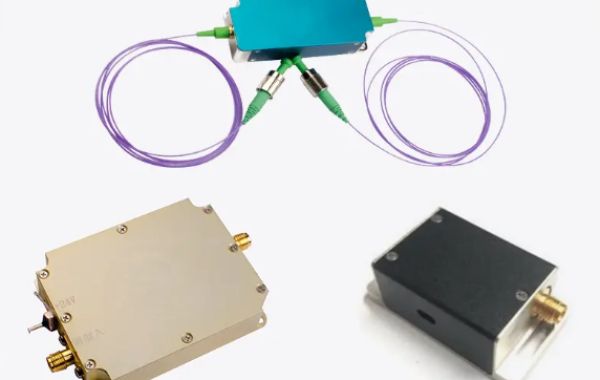The power output of an AOM driver is a critical parameter that directly affects the performance of the acousto-optic modulator (AOM). Several factors influence the required power output:
- AOM Crystal Material:Different crystal materials have varying acoustic properties and require different levels of acoustic power to achieve the desired modulation depth. For example, lithium niobate (LiNbO3) generally requires lower power compared to tellurium dioxide (TeO2).
- AOM Aperture:Larger AOM apertures can handle higher acoustic power levels without experiencing excessive diffraction or heating effects.
- Desired Modulation Depth:The desired modulation depth, which is the extent to which the intensity or frequency of the light beam is changed, directly impacts the required acoustic power. Deeper modulation typically necessitates higher power levels.
- Operating Frequency:The operating frequency of the AOM also influences the power requirements. Higher frequencies generally require more power to achieve the same modulation depth.
- Duty Cycle:The duty cycle, which is the ratio of the on-time to the total period of the driving signal, affects the average power delivered to the AOM. A higher duty cycle results in higher average power.







